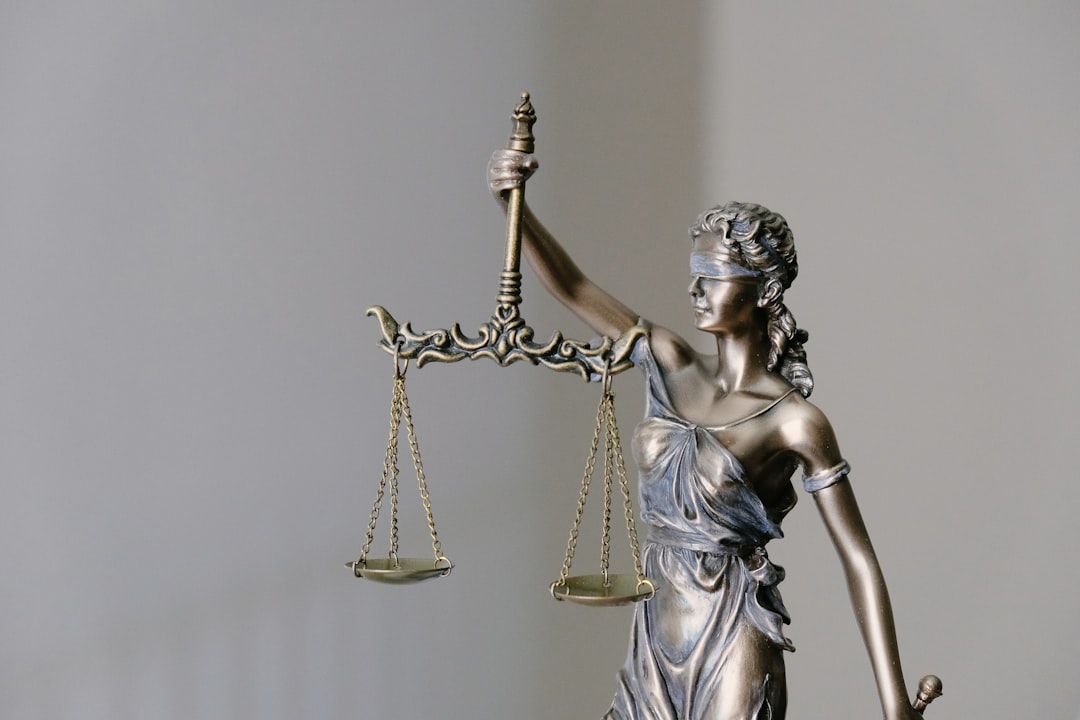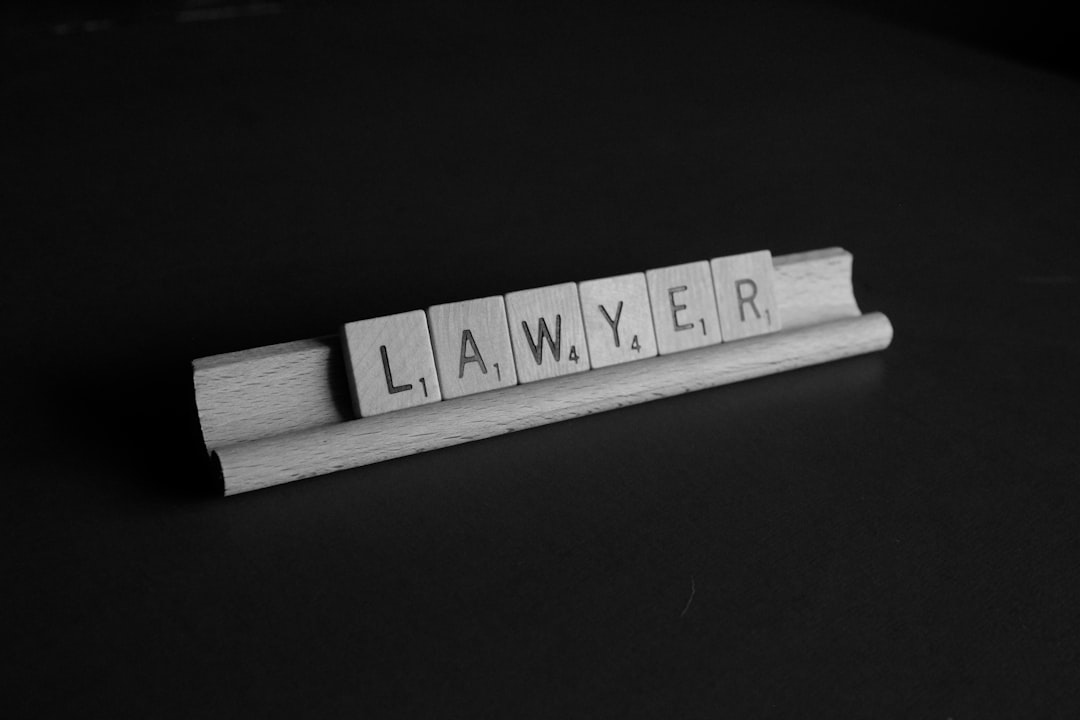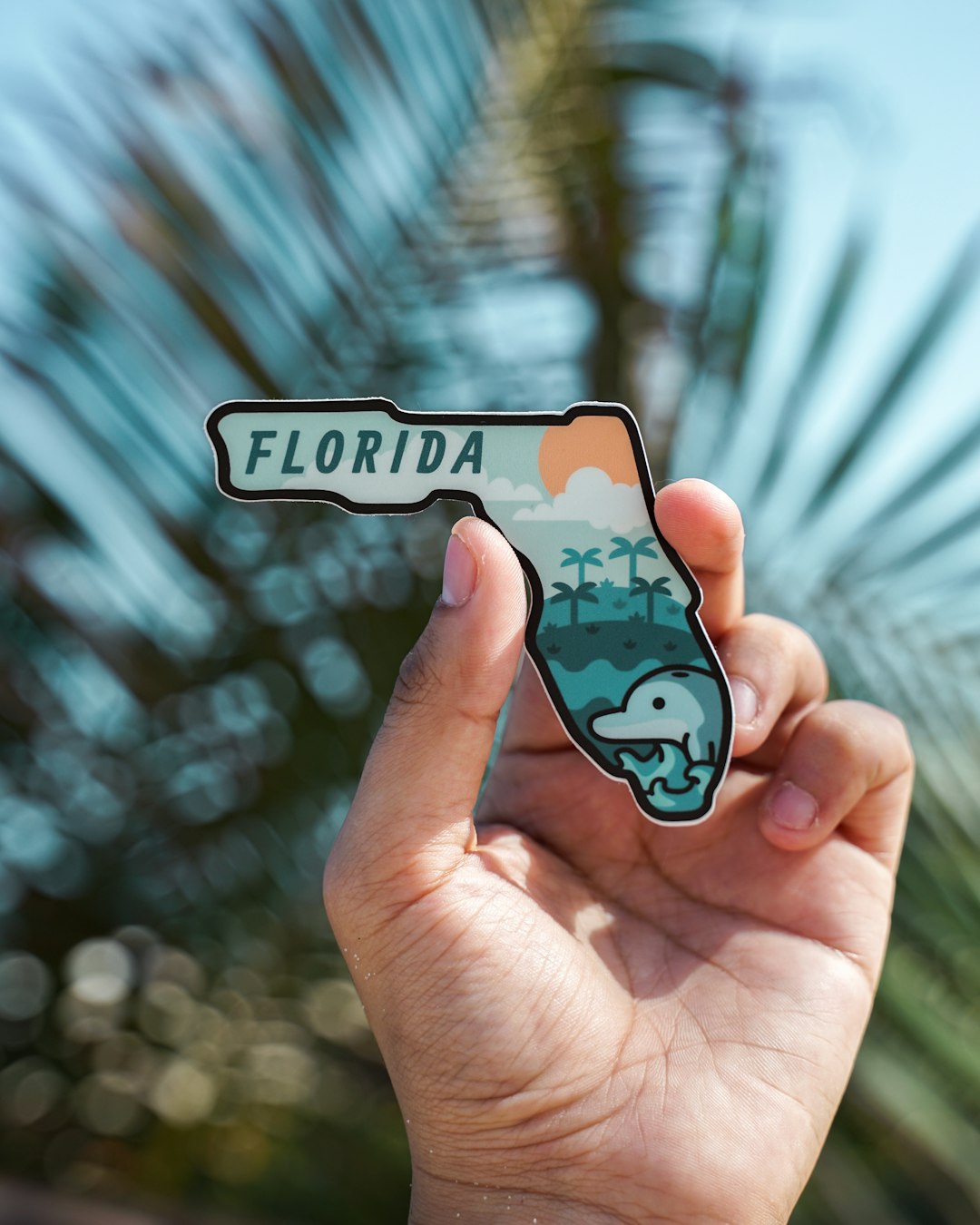In Florida sexual assault cases, photographic evidence is a crucial tool for rape attorneys, offering detailed insights into injuries and crime scenes. However, its ethical use is essential to protect victim dignity and fairness. Legal professionals must adhere to strict best practices in gathering and presenting visual proof, ensuring proper documentation, preservation, and storage by trained experts who respect the victim's privacy. Skilled attorneys then ethically integrate these images in court, adhering to evidentiary rules and avoiding misleadership, while emphasizing relevant case facts.
In Florida, photographic evidence plays a significant role in sexual assault cases. This article delves into the intricate interplay between visual proof and ethical considerations, offering insights from a rape attorney’s perspective. We explore the admissibility of photographs, best practices for collection and presentation, and the vital importance of handling such evidence ethically to ensure justice. For Florida residents seeking guidance, understanding these dynamics is crucial when navigating complex legal landscapes post-assault.
The Role of Photographic Evidence in Florida Sexual Assault Cases

In Florida sexual assault cases, photographic evidence plays a pivotal role in presenting and corroborating facts to support victims’ claims. The impact of these images extends beyond the courtroom, influencing pre-trial investigations and shaping public perception. Digital photography has revolutionized evidence collection, enabling detailed documentation of injuries, crime scenes, and even psychological trauma visible through visual cues. A rape attorney in Florida often relies on such evidence to construct a compelling narrative for their clients.
Photographs can capture subtle physical attributes and changes that may not be apparent through other means. This includes lacerations, bruises, or unusual secretions, which can all serve as critical indicators of assault. Moreover, photographic evidence can document the general condition of the victim’s clothing, providing insights into the circumstances surrounding the incident. However, it is essential to approach these images ethically, ensuring they are obtained and used responsibly, especially considering the sensitive nature of such cases and the potential for victim retraumatization.
Ethical Concerns and Admissibility: A Rape Attorney's Perspective

Photographic evidence plays a significant role in Florida sexual assault cases, but its admissibility and ethical implications are crucial considerations for any rape attorney. While visual documentation can provide powerful support for victims’ stories, it also raises concerns about privacy, consent, and potential prejudice. The ethical use of such evidence requires careful scrutiny by legal professionals to ensure fairness and respect for all involved parties.
Rape attorneys in Florida must balance the need for compelling evidence with the rights of the accused and the victim’s dignity. This includes ensuring that any photographs are relevant, accurately represent the scene, and are obtained through lawful means without coercion or violation of privacy. Admissibility hearings often delve into these ethical considerations to determine whether the probative value of the evidence outweighs any potential prejudice, thereby safeguarding both the integrity of the legal process and the rights of all persons involved.
Best Practices for Collecting and Presenting Visual Proof

When gathering visual proof in Florida sexual assault cases, it’s imperative to follow best practices that ensure both admissibility and ethical handling. This includes proper documentation, immediate preservation of evidence, and secure storage. Photography should be conducted by trained professionals who understand the sensitivity of the situation and respect the dignity of the victim. All images must be clearly labeled with timestamps, locations, and relevant details to maintain integrity.
Presenting visual proof in court requires meticulous care. It’s crucial to have a rape attorney Florida who understands how to effectively showcase these images while adhering to evidentiary rules. This involves using high-quality prints or digital projections, ensuring the jury can clearly view each photograph. The attorney should also be prepared to explain the context and relevance of every visual aid, connecting them directly to the case’s facts without leading or misleading the judge or jurors.






